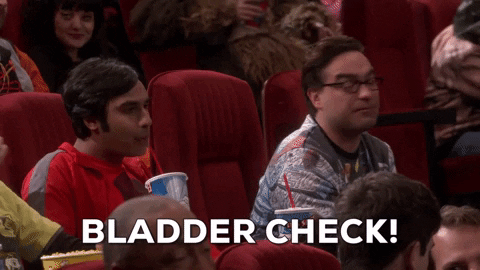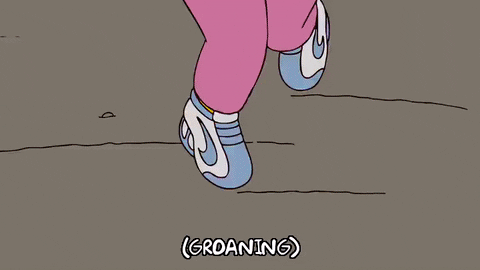5 Tips for a Healthier Bladder
Simple, effective strategies to improve your bladder health and reduce urinary issues.

Don't hover over the public restroom seat.
Your bladder and pelvic floor need to work opposite of each other. When your bladder contracts (for you to urinate), your pelvic floor relaxes. When you are in a semi-squat, your pelvic floor muscles cannot relax, which makes it much more difficult to empty your bladder. Bring Lysol, make a toilet paper nest, and sit on the toilet seat so you can fully relax. If you are still having trouble relaxing, try deep breathing or a low-pitched hum to help calm the muscles down.
 via GIPHY
via GIPHY
Drink less soda.
"Fuller, go easy on the Pepsi!" Soda is a bladder irritant trifecta-- caffeine, carbonation, and food coloring. Diet sodas also have artificial sweeteners which are a known bladder irritant. If you experience bladder leaks or urgency, limiting soda intake can be a good place to start.
 via GIPHY
via GIPHY
Avoid going "just in case."
We've all heard it -- "we are about to leave...you better go to the bathroom!" However, if this becomes a common practice, it can lead to increased frequency and urgency. Urinating before you truly need to actually disrupts the natural signals our bodies give the bladder for when to hold and when to empty. It is best to avoid urinating more often than every 2 hours.
 via GIPHY
via GIPHY
Don't hold it too long.
On the flip side, holding too long is a bad habit. Looking at you, teachers and nurses! Holding too long, too often can weaken the bladder muscle over time. When the bladder muscle is weak, it does not respond as well. An overstretched bladder can also put excess pressure on the urethra. This is called "overflow incontinence," which is an involuntary release of urine that occurs when the bladder becomes overly full, but there is no urge to urinate. Try not to go longer than 4 hours without urinating during waking hours.
 via GIPHY
via GIPHY
Drink more water!
Perhaps the easiest tip is sometimes the hardest one to do. There are several recommendations: half your body weight in ounces, eight 8-oz glasses, etc. Staying hydrated can keep your urine from being too acidic and irritating to the bladder lining.
 via GIPHY
via GIPHY
https://www.health.harvard.edu/bladder-and-bowel/types-of-urinary-incontinence
https://www.mayoclinic.org/healthy-lifestyle/nutrition-and-healthy-eating/in-depth/water/art-20044256
Herman and Wallace Pelvic Rehabiliation Institute
Topics Covered:
About Chelsea Waldkirch
Licensed Physical Therapist specializing in pelvic floor therapy and women's health.
Learn more about our team →Questions About This Topic?
Our expert team is here to help answer your questions and provide personalized care.



